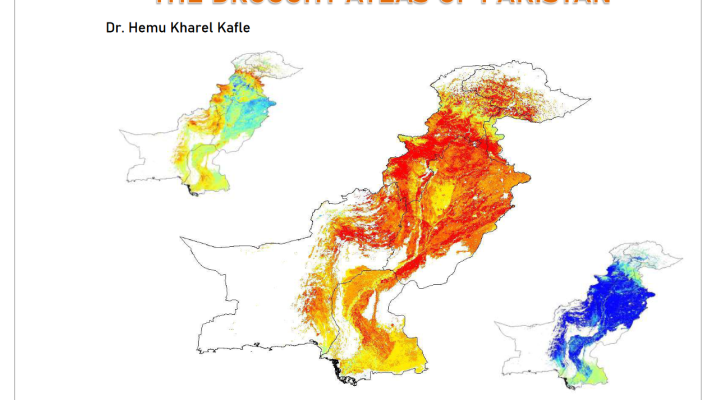Some risks in the agricultural sector are unavoidable while others can be managed. Agrometeorological risks in the farming sector include the temporal and spatial variability of rainfall, temperature, evaporation and, in climate change scenarios, atmospheric carbon dioxide levels. While such factors may impact directly on plant growth and development they can also exert an important indirect effect by influencing the life cycles of plant diseases and pests. In addition they may have a profound influence on attempts to control such pests, as is seen when an unexpected rainfall event causes dilution or early hydrolysis of a surface pesticide, or when hail damage opens the way for mould, bacterial or insect attack. Integrated pest management (IPM) must take into account such risks if crop damage is to be minimized. The implications of agrometeorological risk studies in countries such as Australia offer not only local perspectives on IPM but also provide information for improved crop profitability, natural resource usage and agricultural sustainability in other countries, where a critical relationship between crop success, regional food security and human survival may exist.
Book / book chapter


